U.S. President Donald Trump has largely succeeded in convincing nations to accept higher tariffs on exports to the U.S.; yet for now, some experts see little threat to the post-war trend of lower duties, although potential changes in the global trade system are visible.
Since World War II, most politicians and economists have viewed free trade as a pillar of globalization, enshrined in the 1947 signing of the GATT accord.
It was the precursor to the World Trade Organization (WTO), which now has 166 members and covers 98% of global commerce.
“What we’ve learned in the postwar is that lower tariffs are better for the prosperity of your own country,” said Richard Baldwin, a professor at the IMD Business School in Switzerland.
“And it’s also good if other countries lower their tariffs, so we have a vibrant international economy,” Baldwin, who was a member of former U.S. President George Bush’s Council of Economic Advisors, told Agence France-Presse (AFP).
Trump, however, has embarked on a punishing trade war, claiming that deficits with other nations show they are “ripping off” the U.S.
He has recently landed accords with Japan, the Philippines, Indonesia and, most importantly, the European Union.
For dozens of other nations, U.S. “reciprocal” tariffs are set to increase from 10% to various steeper levels starting Aug. 1, including major economies such as South Korea, India and Brazil.
“To me, the most beautiful word in the dictionary is ‘tariff,'” Trump repeatedly said during the 2024 election campaign that returned him to office.
‘Pyrrhic victory’
Despite the headline figures, many economists expect the overall impact on the global trade system to be limited.
U.S. importers may well decide to procure more from American producers as the tariffs are applied, or pass along the higher costs to consumers.
“That won’t have a systemic impact” outside the U.S., Pascal Lamy, a former WTO chief, told AFP, calling the tariffs a “Pyrrhic victory” for Trump.
He noted that Trump is targeting only the U.S. deficits for goods, not services, “the part of global trade that is increasing the fastest.”
“You need to change your outlook when it comes to international trade,” Lamy said, adding that “Donald Trump has a medieval view” of the issue.
And instead of making a country more prosperous, the accepted economic wisdom is that by making goods more expensive, tariffs weigh on economic growth for everyone involved.
“Putting up your own tariffs is not a way to make yourself richer – that’s something that people have given up on many years ago,” Baldwin said.
“Trump has not screwed up the entire world trading system yet because the rest of the world hasn’t changed their opinion as to whether trade is good or bad,” he said.
“And generally speaking, it’s good.”
Indeed, others, including China, which joined the WTO in the early 2000s, have repeatedly called for respecting trade rules and engaging in dialogue.
Yet, from Aug. 1, although smaller than initially announced, South Korean exports to the U.S. would face 15% levy and those from Brazil a steep 50%, the highest announced rate so far.
And, although touted as the “deal” by the Trump administration, Seoul, similarly to the EU, has pledged to invest billions in the U.S.
Trade alliances
Global trade has risen sharply in recent decades, totalling nearly $24 trillion in 2023, according to WTO figures.
U.S. imports represent just 13% of overall imports – meaning the vast majority of international commerce will not be directly affected by Trump’s levies.
“It’s significant, but it’s only a small part of imports worldwide and the rest of the world still wants the system of engagement and interdependence to work,” said Elvire Fabry, a specialist in geopolitical economics at the Jacques Delors Institute.
Several countries have moved in recent years to forge new trade deals, a trend Trump’s tariffs blitz could accelerate.
In March, Japan, South Korea and China pledged to speed up negotiations on an accord, while Brazil’s President Luiz Inacio Lula da Silva has called for a deal between the Mercosur Latin American bloc and Japan.
The EU has also signed a free-trade deal with Mercosur, although its ratification has been held up, particularly by France, over concerns about unfair agricultural competition.
The EU has also relaunched efforts to secure a deal with Malaysia and countries in Central Asia.
Like this, it appears that many nations are attempting to quickly adjust to the new norm and form trade alliances to mitigate the vulnerability posed by the duties.
Tariff impact
In April, the WTO stated that global merchandise trade would decline by 0.2% this year before experiencing a “modest” recovery to growth of 2.5% in 2026.
However, those forecasts only took into account the tariffs Trump had announced up to that point – not the more severe levels he has threatened to implement starting Aug. 1 for countries that have not signed deals with Washington.
Still, as a sign that the impact of tariffs might not be as much as initially thought, the International Monetary Fund (IMF) earlier this week also revised slightly upward its growth forecasts for this year and next and the U.S. economy returned to growth in the second quarter.
On the other hand, industry-dependent economies, steel, aluminum and auto exporters, as well as those having individually large trade volumes with the U.S., stand at risk due to the quickly changing trade environment.
The tariff increases by the U.S. could result in medium-term export losses of up to 31 billion euros ($35.8 billion) for German industry in its business with the U.S., according to calculations by the consultancy firm Deloitte, released on Wednesday.
German exports to the U.S. could, therefore, decrease by a fifth, Deloitte said.

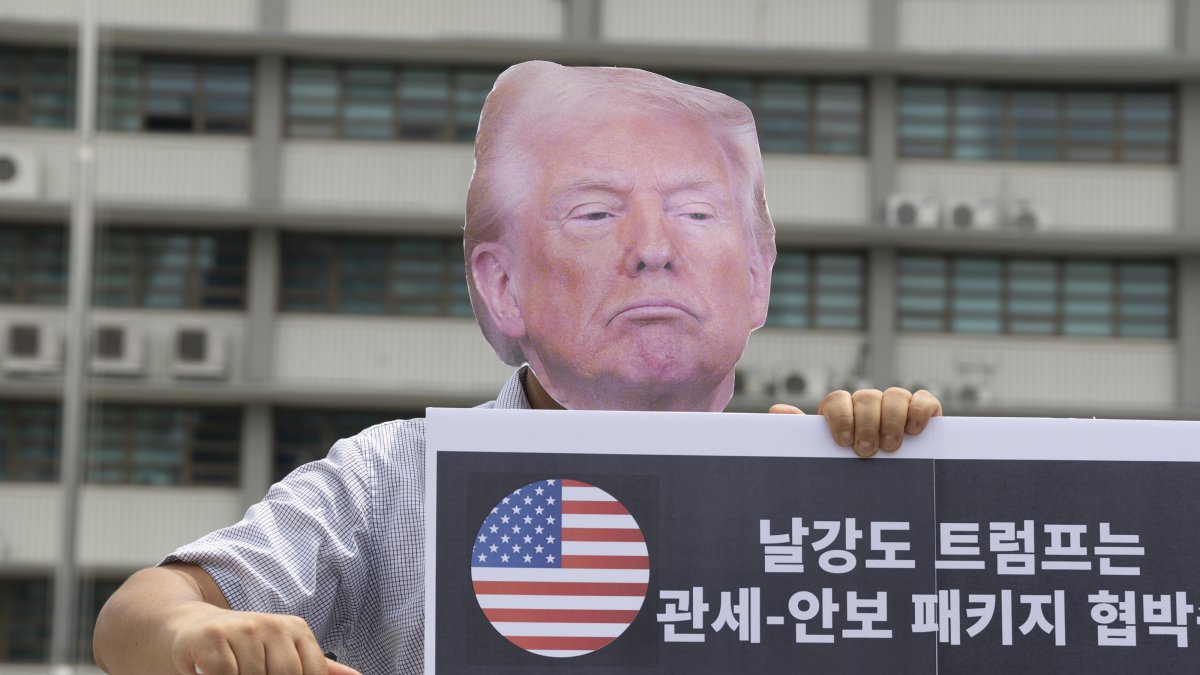
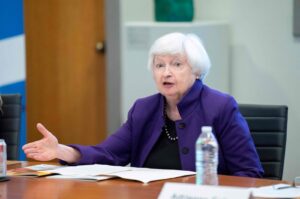



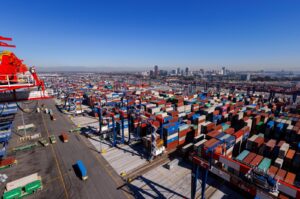




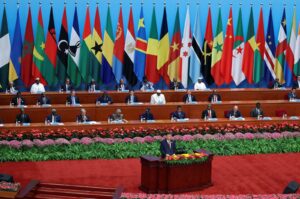



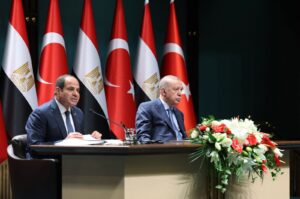




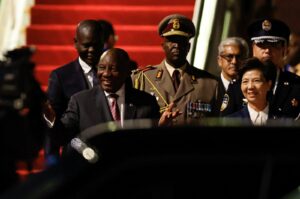




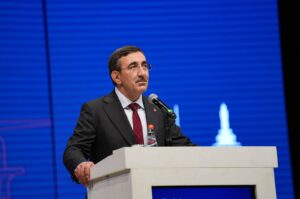










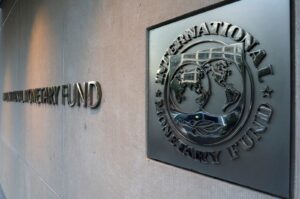



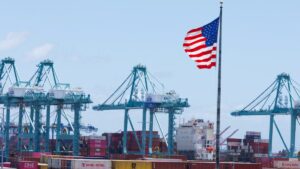

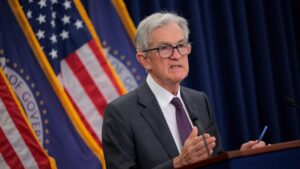

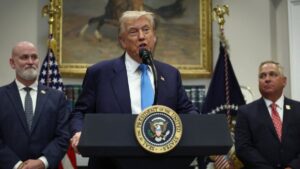







Be First to Comment